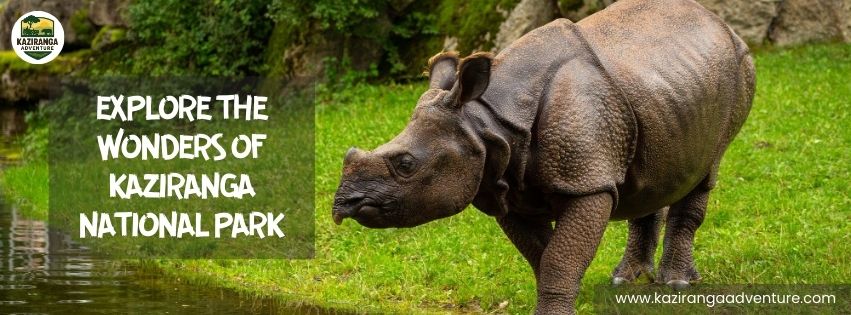Kaziranga National Park, established in 1905 and designated a UNESCO World Heritage Site in 1985, is located in the northeastern Indian state of Assam, covering an area of approximately 430 square kilometers. It is renowned globally for its significant population of the Indian one-horned rhinoceros, which makes up the majority of the world's wild rhino population, with estimates exceeding 2,500 individuals. The park features a diverse ecosystem comprising grasslands, wetlands, floodplains, and tropical moist broadleaf forests, which support over 80 species of mammals, including tigers, elephants, swamp deer, wild buffalo, and hogs, as well as more than 400 bird species such as pelicans, storks, and migratory geese. Kaziranga is situated along the Brahmaputra River floodplains, which influence its ecology and make it susceptible to annual flooding, essential for maintaining its wetland habitat. The park is divided into four main sectors—Western, Eastern, Central, and Burhapahar—each offering unique landscapes and wildlife viewing opportunities. Conservation efforts have been instrumental in protecting its biodiversity, especially the rhinoceros, through anti-poaching measures, habitat management, and community involvement. The park also plays a vital role in eco-tourism, attracting thousands of visitors annually who come for safaris, birdwatching, and experiencing the rich natural heritage of Assam. Kaziranga faces ongoing challenges from poaching, human-wildlife conflict, and environmental changes, necessitating continuous conservation efforts to preserve its ecological integrity.
Explore kaziranga Through Our Blogs
Explore In-Depth Blogs.
